The Machinery of American Cruelty: A Visual Testament
How photographers are documenting the Trump administration's campaign of terror against immigrant communities
The cameras don't lie about what Trump has unleashed. What emerges from the photographs is not just documentation of policy, but evidence of systematic dehumanization operating as public spectacle.
This analysis moves through three acts of that spectacle: the public theater of agricultural raids, the private residences where immigrants shelter in place, and the deportations taking place outside federal courtrooms.
I begin with our latest 'Chatting the Pictures' video analysis.
Chatting the Pictures: When Immigration Raids Come to the Farm Fields
Michael Owen Baker captured this image for the AP during a federal immigration raid at Glass House Farms in Camarillo, California, on July 10, 2025. It shows agents deploying tear gas against protesters who had gathered outside the agricultural facility. The raid, which resulted in over 300 arrests and one worker's death, represents a dramatic escalation of the Trump administration’s immigration enforcement tactics in America's agricultural heartland.
In the video, we examine the power of stop-action and the parallels between this image and urban protest imagery. We note the alignment of the protester with the crops while federal agents trample them, and we explore how the most serious action occurs in the frame's far background.
Watch what we found.
Fellow Citizens in Hiding
Amid ICE raids in Los Angeles that detained over 1,600 people in just 16 days, Brandon Tauszik’s photographs illuminate the profound human cost of sanctioned oppression. While media coverage spotlights dramatic scenes at meatpacking plants and big-box retailers, Tauszik’s lens shifts to the “invisible” middle class—immigrants fully integrated into daily American life, whose quiet routines are thrown into stark relief by the climate of fear. Ana spends time in her bedroom, Maria sorts photo negatives, and Bob practices his bass guitar: simple acts of belonging made suddenly precarious.
Through these intimate domestic moments, his work confronts the rhetoric that frames immigrants as alien or “illegal,” exposing a campaign that undermines equality and lawful protection. Each photograph dignifies those forced into hiding and affirms their place in the American fabric.
The Apparatus of Legal Entrapment
At 26 Federal Plaza, the Trump administration has transmuted the immigration court into a trap, where simply showing up for a legal hearing becomes grounds for immediate arrest. Because the administration does not attempt to hide this shocking abuse, the blocking of the camera speaks more to brazen contempt for oversight than the need for secrecy.
The Architecture of Anonymity
Federal agents have adopted the visual language of organized crime—masked faces, concealed identities, unmarked vehicles. But more than functional anonymity, the mask has become both the signature and fashion of the authoritarian state, a symbol and tool of Trumpian thuggery. As much as the disguise has become a chilling signature, Carol Guzy’s close-up rightly casts the cover as a second skin.
Guzy's hallway portrait reveals the whole aesthetic. Here, MAGA red infiltrates the camouflage color wheel—military olive meets basketball streetwear and dark glasses in a deliberate fashion statement of fascist commercialism. The composition's stark contrast between the eerie, surveillance-like reflection of the courthouse hallway and the clean void of a background transforms the masked figure into a floating symbol of federal force, suspended in limbo.
By erasing their faces, agents maximize both intimidation and legal protection, aligning federal law enforcement with the visual tropes of horror films and authoritarian death squads.
Olga Fedorova’s image reveals the whole fetishistic dimension of this visual theater. That the blood-red mask anchors the frame is no accident. The color contrast, the theatrical positioning, and the way it dominates the composition. At the same time, other agents fade into supporting roles—but here we see something more: the red mask functions as both an alpha identifier and a gang color, signifying ultimate allegiance to the MAGA brotherhood.
Lives Shattered in Real Time
Guzy's photograph captures the courthouse trap: a woman leaving her hearing with a smile, still clutching her legal papers, unaware that compliance with the legal system has made her a target. The transformation of her expression from hope to confusion to horror, captured in real time, exposes the cruel efficiency of the government's bait-and-switch.
In this sequence by Steffi Keith, a man takes off his wedding ring to give to his partner before a federal agent detains him. She ends up leaving without him.
In this heartbreaking photo, the geometry of the building—cold marble, strict verticals—underscores the impersonal machinery of the institutions at hand. To the right, a woman and her children weep after agents detained her husband following his immigration hearing at the Jacob Javits Federal Building. To the left stands a building security guard, moved to tears by what he's witnessing. Yet, even as his body language betrays empathy, his uniform and his weapon mark the distance between his role and theirs. He is a sentinel of another authority, a witness and not an actor, present but powerless to intervene.
But what happens when someone tries to intervene in this organized ruthlessness? The courthouse machinery has an answer for that, too.
The arrest of New York City Comptroller Brad Lander reveals the administration's willingness to escalate violence against any form of resistance. The image captures the ragdoll treatment of elected officials who refuse to bend the knee—a warning that no level of political authority provides sanctuary from enforcement operations.
Even family members are subject to similar treatment. In this scene, federal agents scuffle with a Paraguayan woman after the detention of her relative—raw footage of the family separation cruelty that defined Trump's first term
The Archive of American Cruelty
What emerges from this visual documentation is a comprehensive account: a sweeping portrayal of official brutality operating at every level of society. The photographers have captured the human cost with devastating intimacy. Thugs hiding behind masks have become the face of American authoritarianism, not just harassing, but wrecking the lives of family members and fellow citizens.
The problem is that these times defy bearing witness. These images force the question of whether we can move from paralysis to action, from evidence to accountability.
Chatting the Pictures is a podcast for pictures. In these 3-4 minute videos, we closely examine essential news photos complemented by related imagery. The videos feature writer and photo historian Cara Finnegan and psychologist and Reading the Pictures publisher Michael Shaw. Liliana Michelena produces CTP. You can see the archive on our legacy website and recent examples on our Instagram feed.
Chatting the Pictures is a feature of Reading the Pictures. Despite our visually saturated culture, we remain among the few sources for analyzing news photography and media images. To receive new posts and support our work, consider becoming a free or paid subscriber.



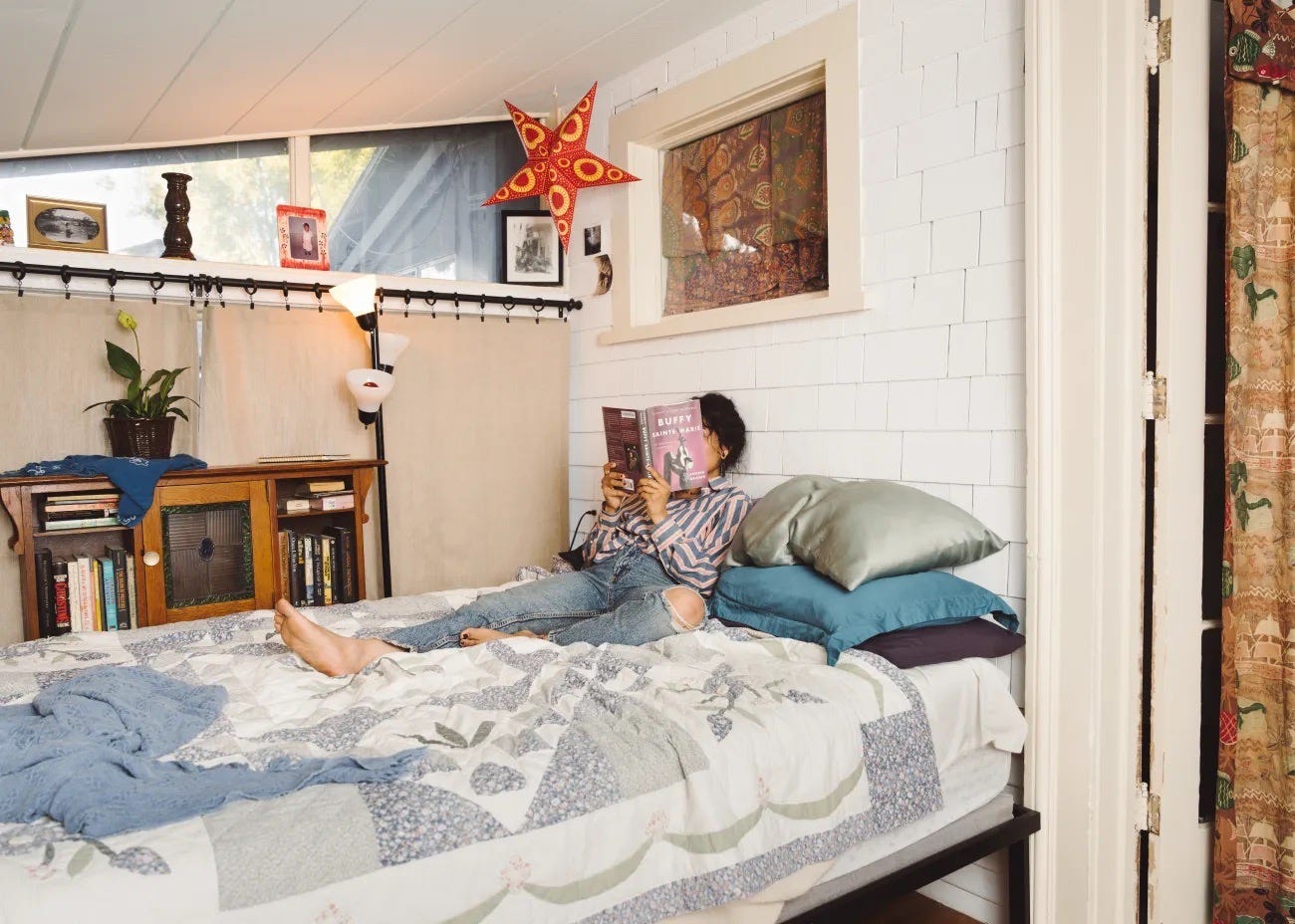
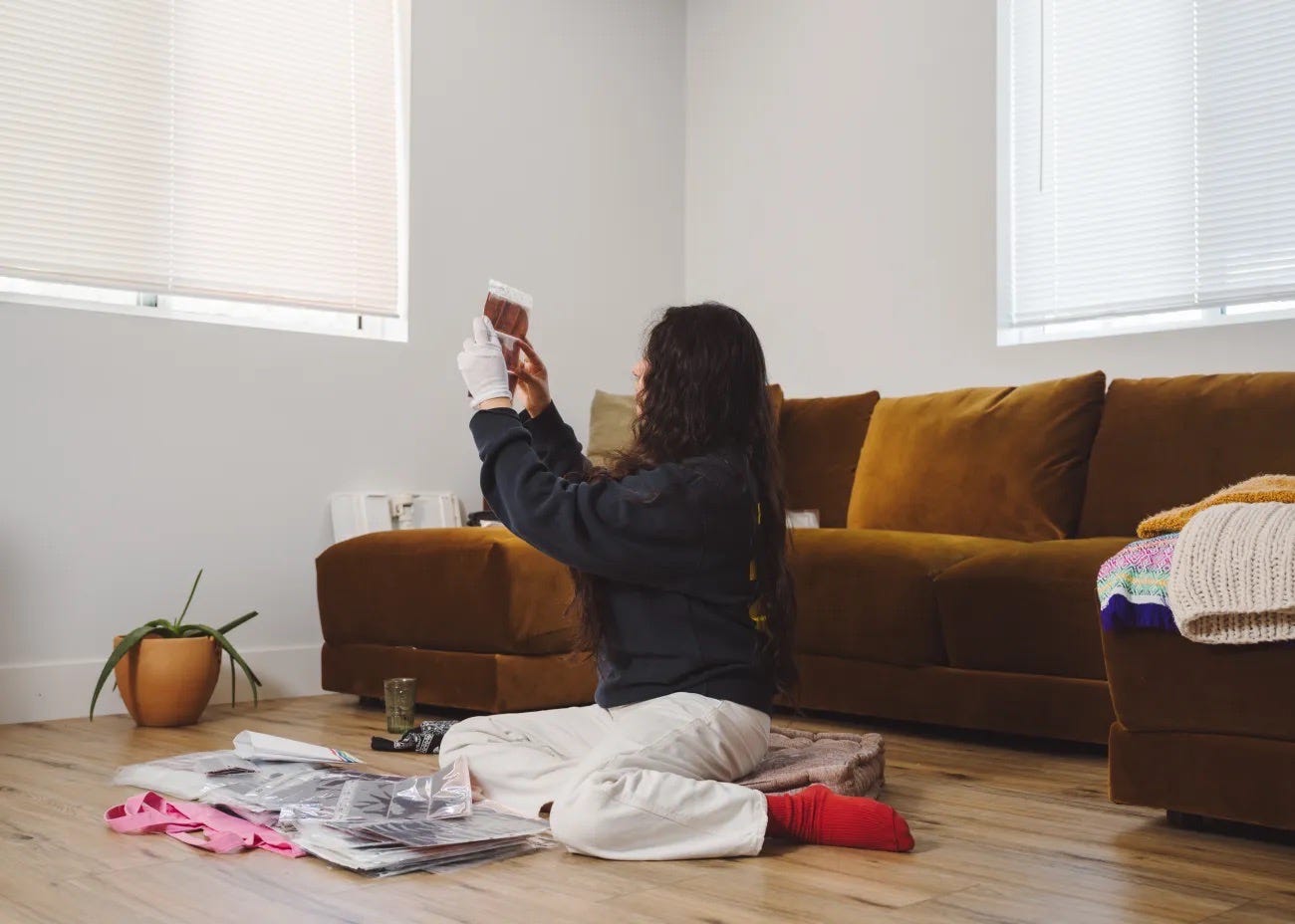

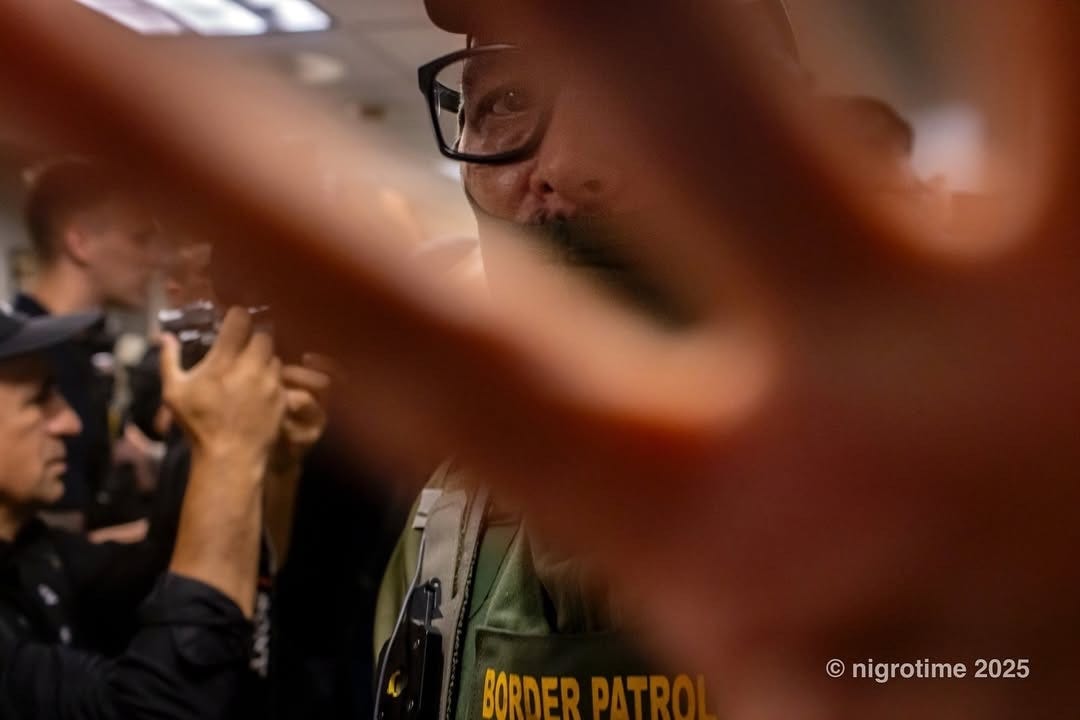
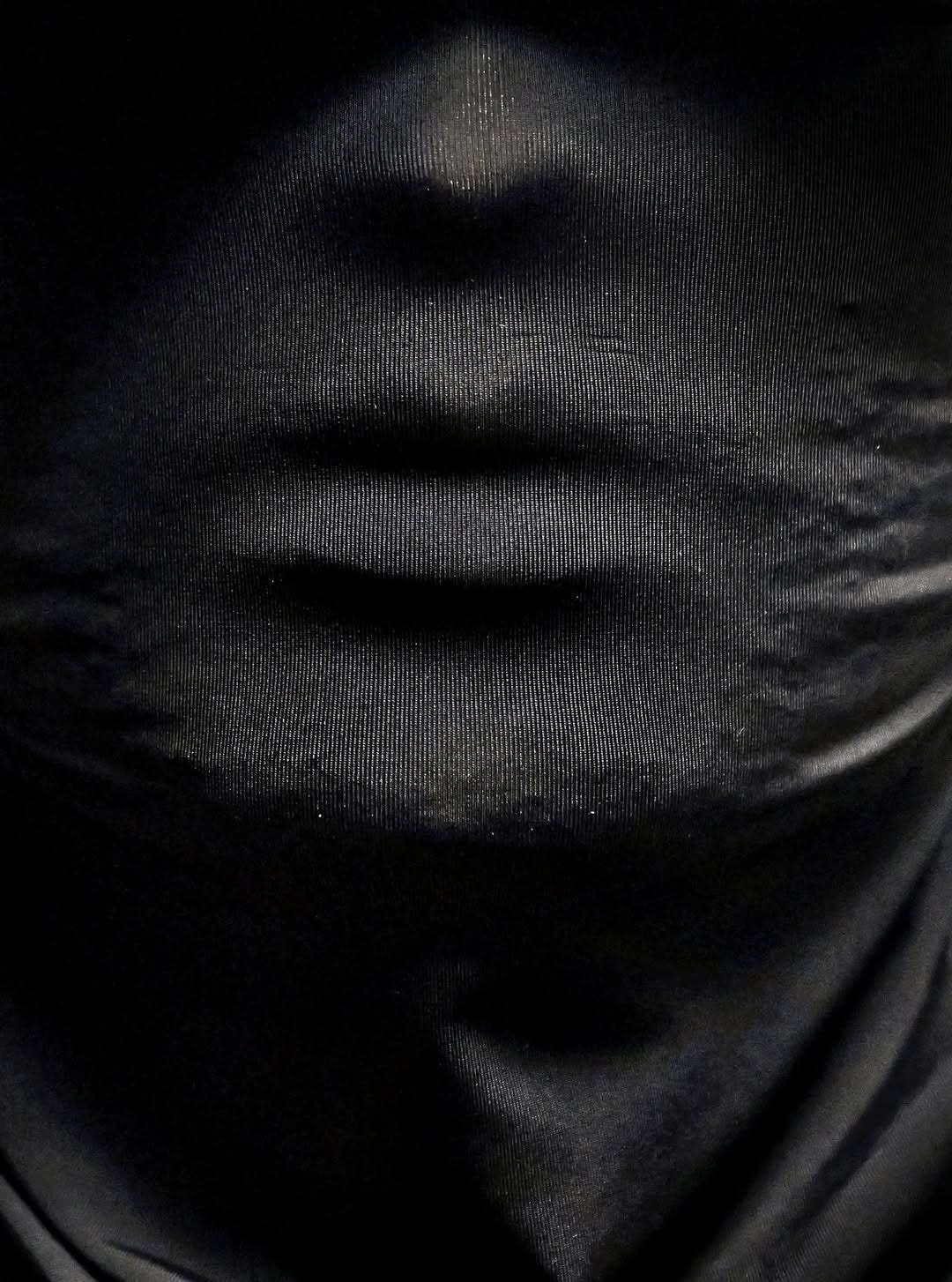
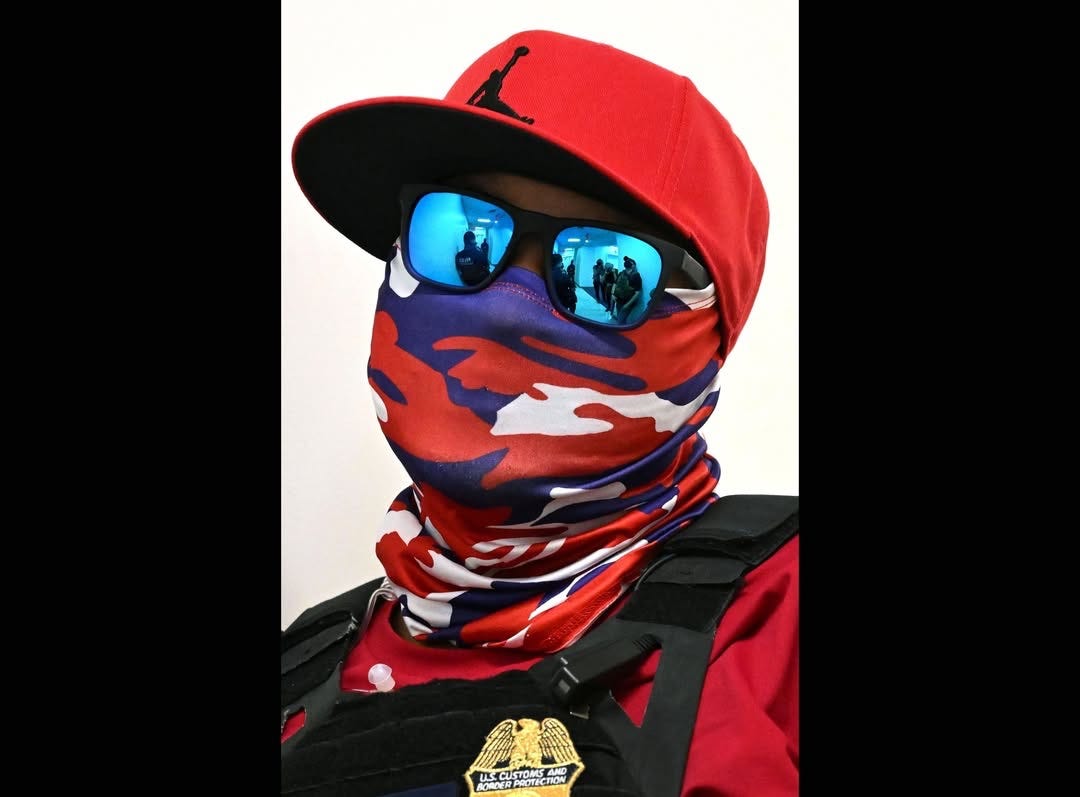

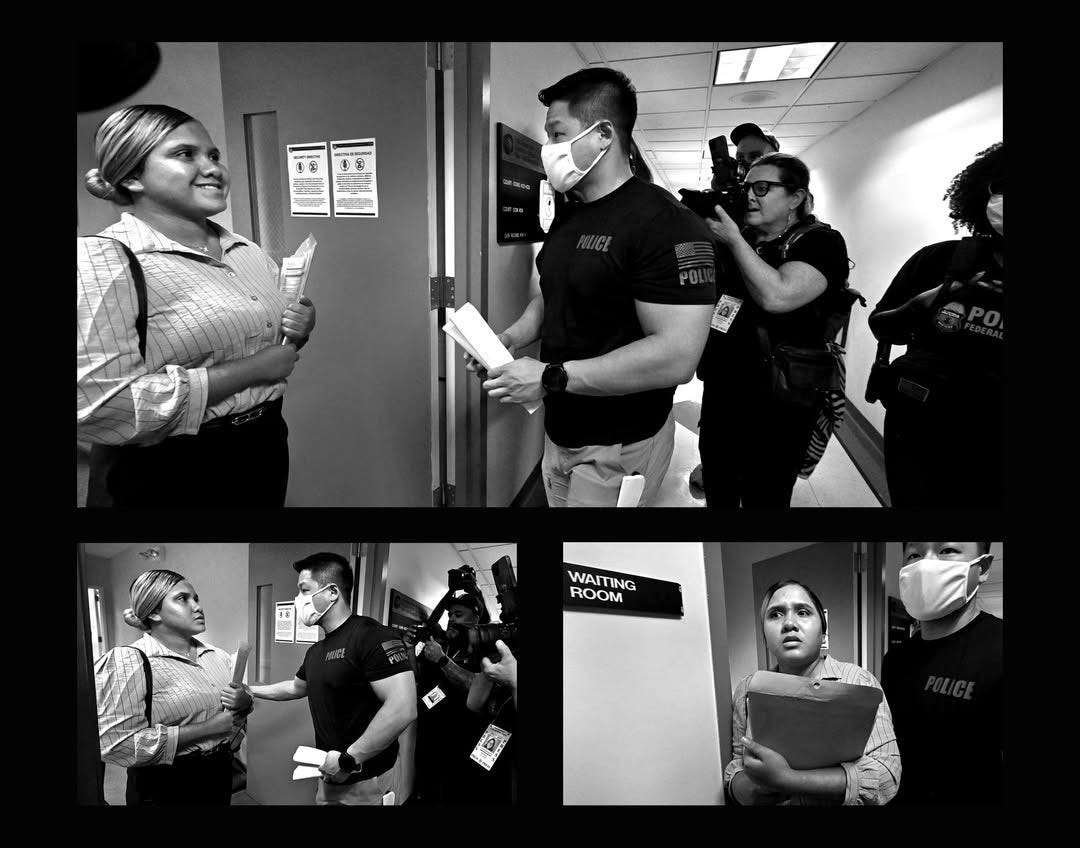
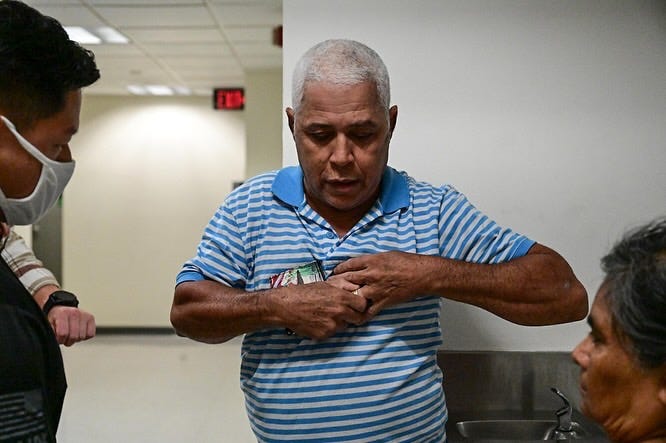
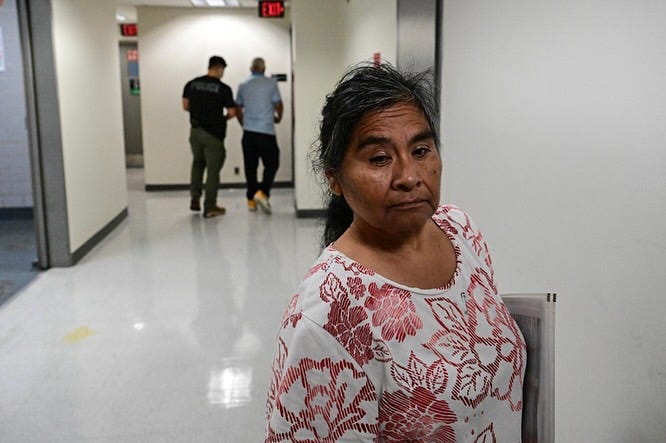
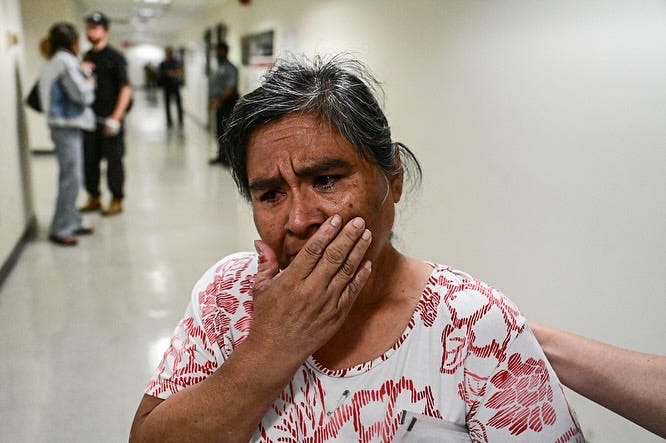
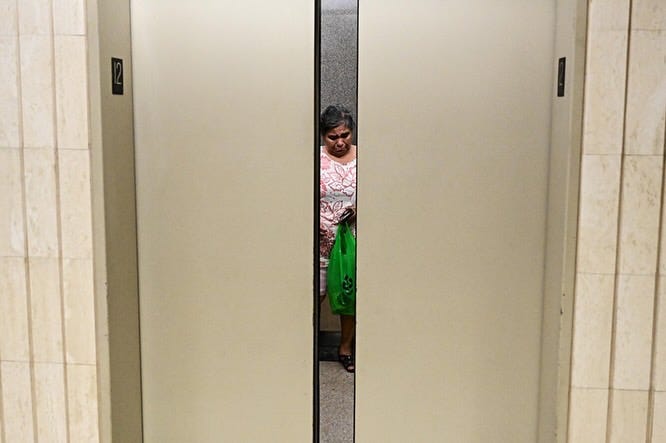
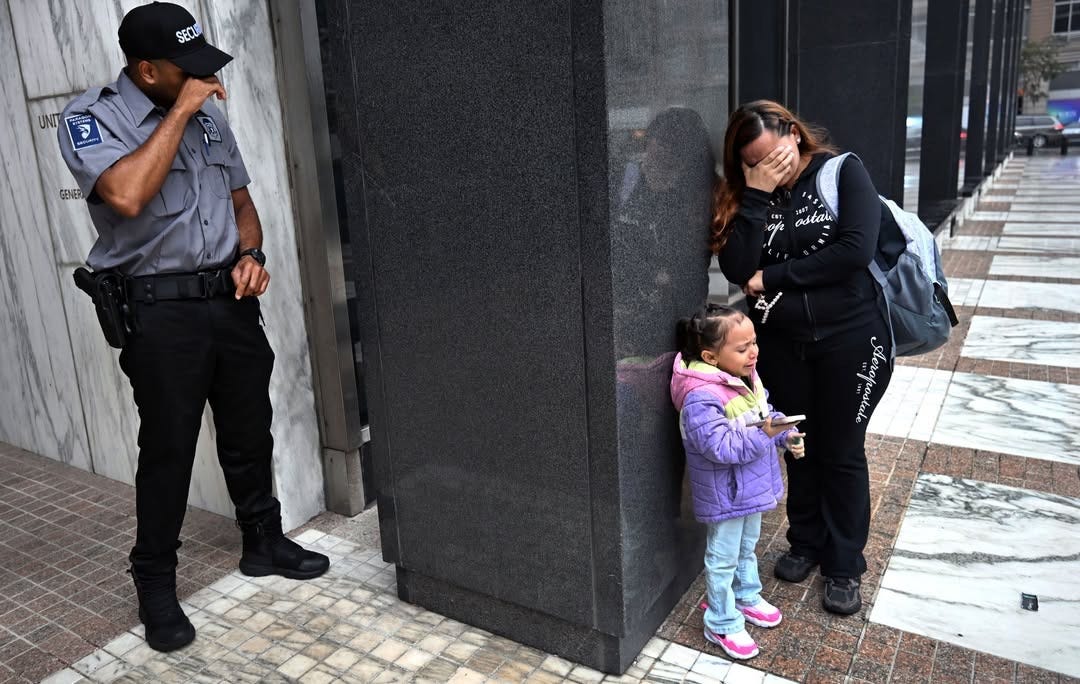
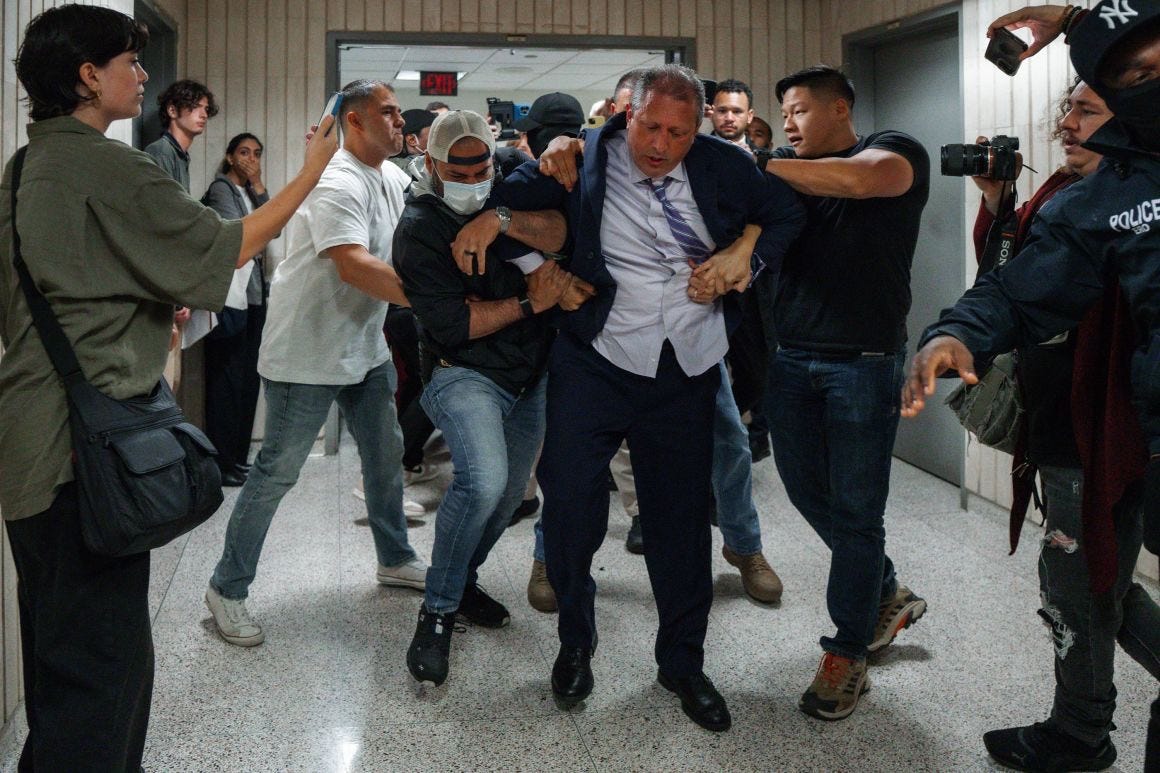

It's scary what's going on, not just in the U.S , good article..
Thank you for this article, it is a great account of how photography is dealing with such a tragic and unique moment in your society. It is great you managed to put this together, pics worth seeing and sharing, along with your thoughtful interpretation.